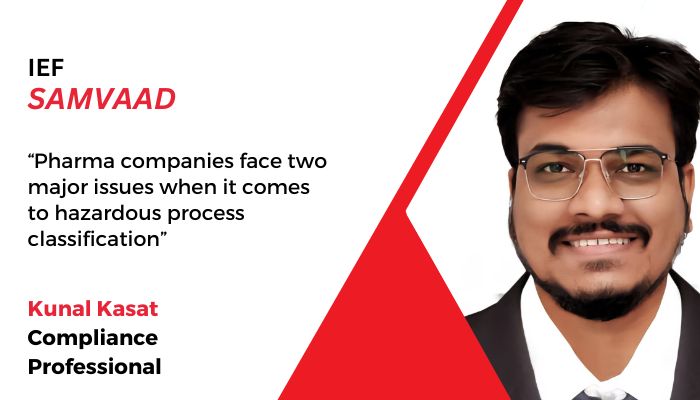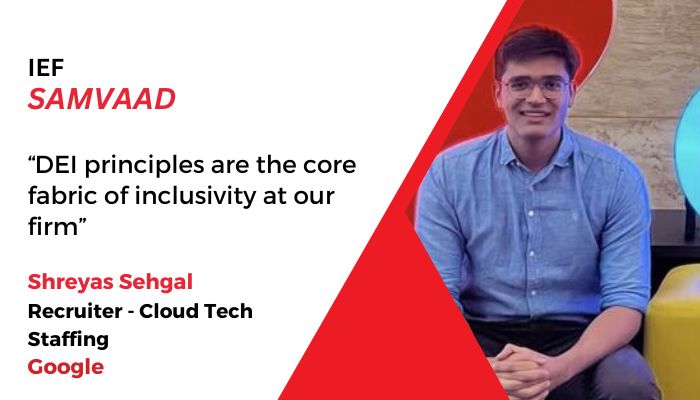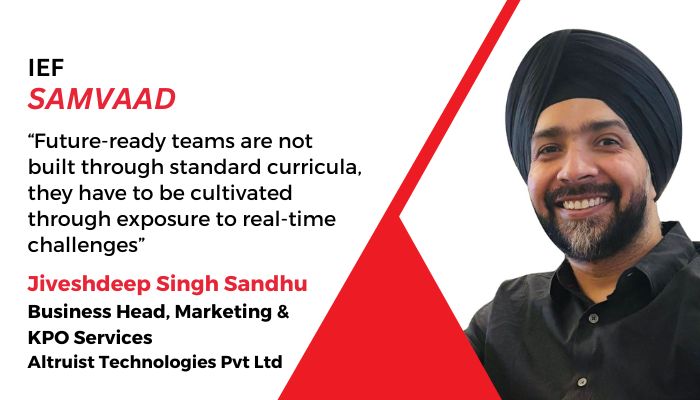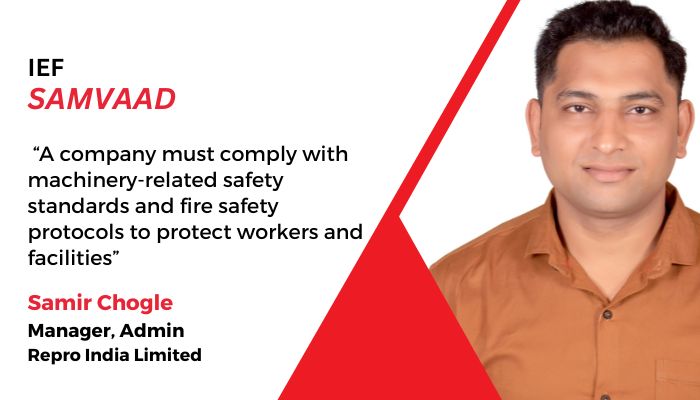Hemang Parikh, Senior General Manager, Amneal Pharmaceuticals, speaks to India Employer Forum about multiple HR functions, including Talent Acquisition, HR Operations, Talent Management, HR Technology & Automations, Learning & Development and Compensation & Benefits.
Q. Tell us a little bit about yourself and your professional journey.
My career journey began in the field of computers, but it took an unexpected turn towards human resources. This transition was driven by the realization that HR presents a remarkable opportunity to foster organizational growth while positively impacting the lives of numerous individuals. As I delved into various facets of human resources, my interest deepened, prompting me to pursue professional education in this filed. Over the past 18 years, I have been immersed in diverse roles within HR.
Currently, I serve as the Head of HR Automations and HR Operations, in addition to leading the corporate HR Business Partner role at Amneal Pharmaceuticals for their India operations. Prior to joining Amneal, I had the privilege of contributing to renowned organizations such as the Adani Group, Vodafone, and Bharti Airtel.
Q. These days it has become quite difficult to scout talent. What strategies do you adopt to ensure a successful and effective hiring process that aligns with the organisation‘s goals and values?
It’s paramount to thoroughly grasp the organisational talent requirements and articulate clear job specifications and cultural nuances. Leveraging diverse sourcing channels, with a higher emphasis on employee referral program, will greatly aid in finding suitable talent.
Moreover, persistently investing in the development of current talent and equipping them for forthcoming demands is imperative. This approach not only facilitates the professional growth of employees but also empowers the organization to create a talent pool that is not just prepared for the future but also aligned with its cultural ethos.
Q. Do you use any assessment tools as part of the selection process?
Currently, we are in the process of assessing the potential implementations of several assessment tools into our selection procedures. Incorporating these tools into our processes can significantly enhance our overall selection methodology. They serve as invaluable aids by facilitating objective evaluations of candidates, thereby improving the quality of hires. Additionally, utilizing assessment tools can lead to more efficient hiring processes, saving both time and costs by identifying the most qualified candidates more accurately and swiftly.
Q. What is the model of employee engagement that you feel is useful for an organisation?
In my opinion, “Engagement-Performance” model is the most effective and many organizations find it useful. It emphasizes the interconnectedness between employee engagement and performance outcomes. When employees are engaged meaning they are emotionally committed to their work, feel valued and are motivated to contribute their best. They are more likely to deliver high performance, productivity, and innovation. Engagement Drivers, Engagement Levels, Performance Outcomes and Feedback loop are the key elements.
Engagement Drivers: These are the factors that influence employee engagement, such as meaningful work, supporting leadership, opportunities for growth and development, recognition, and positive & inclusive work environment. Engagement Levels: Employees may fall into different levels of engagement, ranging from Highly Engaged to Disengaged. Understanding these levels helps organization tailor their strategies to improve engagement across the organization. Performance Outcomes: engaged employees are more likely to achieve higher levels of performance, including increased productivity, quality of work, customer satisfaction and innovations. Feedback Loop: Continuous feedback mechanism is essential to assess employee engagement levels, identify areas for improvement and measure the impact of engagement initiatives on performance outcomes.
Q. What are the HR best practices / next practices in L&D that you would like to share with us?
The traditional approach of training need identification for current and future role and competency development interventions to fulfil the gap remain evergreen L&D approach for organizations. In current context, the Digital Learning Platforms and Gamification has brought technological enhancements. Apart from this, following are some of the best practice and emerging trend in L&D.
Micro learning/bite size learning: Delivering content in bite-sized, easily digestible formats allows employees to learn in short bursts, fitting into busy schedule and improving information retention.
Collaborative Learning: Encouraging peer-to-peer learning, knowledge sharing, and collaborative projects fosters a culture of teamwork and innovation. Even the traditional fulfilment content is co-curated by employees, their managers, and L&D experts.
Reskilling & Upskilling Programs: Offering opportunities for reskilling and upskilling prepares employees for future roles and helps organizations adapt to changing market demands. This becomes even essential in the current era of AI & IoT.
Skill Development Centre: Skill development centres would be the best option to the organizations requiring technical workforce. It helps reducing employee turnover and help organization to get ready to deploy workforce.
Q. Has the role of “Work” in an individual’s life changed from what it was a decade ago? If Yes, how are companies coping with this?
The role of “Work” in an individual’s life has shifted towards greater flexibility, well-being, purpose, and continuous learning. Companies are coping with this new way of working by introducing new policies & practices. Remote work and Flexible work policies are great examples of this. Technology advancements have made it easier for employees to work remotely, leading to greater flexibility and work life balance. There is growing emphasis on employee well-being, including physical, mental, and emotional health. New generation workforce seeks employers whose values align with their own. Organizations are responding by placing a greater emphasis on purpose-driven initiatives and corporate social responsibilities. Rapid technological advancements have made continuous learning and skill development essential for remaining competitive in the workforce. Organizations are also continuously making conscious efforts in reskilling & upskilling of their workforce to be agile and future ready.
Q. If you had to choose ONE trait in Managers that brings out the best in people for overachieving, what would you choose?
It would be very difficult to choose any one specific trait in Manager. Right combination of trait with situational awareness brings the best in people for overachieving. However, I would like to keep “Empowerment” at the top of the list. By empowering individuals, managers foster a sense of ownership, accountability, and confidence within the team. Empowered employees feel valued and respected, which leads to higher job satisfaction, engagement, and loyalty. Ultimately, empowerment enables individuals to unleash their full potential, experiment & innovate and achieve beyond their limits.
About Hemang Parikh
Hemang Parikh is a seasoned HR professional with over 18 years of diverse experience, currently serving as the Head of HR Automations and HR Operations while also leading corporate business partner HR function at Amneal Pharmaceuticals for their India Operations.
Throughout his career, he has demonstrated expertise across multiple HR functions, including Talent Acquisition, HR Operations, Talent Management, HR Technology & Automations, Learning & Development and Compensation & Benefits.
Hemang holds a PGDBM from Emeritus and an MBA – HR from Pondicherry university. With a professional journey that includes roles at prestigious organizations such as Adani Group, Vodafone, and Bharti Airtel. Hemang is known for his strategic vision, operational excellence, and commitment to driving organizational success through effective HR practices.
Disclaimer: The opinions and views expressed in this article, including any accompanying data, are the sole responsibility of the author and should not be construed as reflecting the official policy or position of India Employer Forum.






